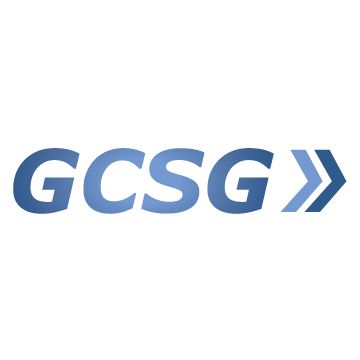European Parliament approves EU-Vietnam trade agreement
/On February 12, 2020 the European Parliament approved the EU-Vietnam trade and investment agreements (the “Agreement”).(1) The Agreement is set to enter into force in 2020 after Vietnam completes their ratification process. It is expected that the Vietnamese National Assembly will ratify the Agreement in the summer of 2020. All EU Member States must also ratify the Agreement.
Once fully implemented the Agreement will eliminate most tariffs on goods traded between EU member states and Vietnam. The Agreement represents the most comprehensive trade agreement between the EU and a developing nation. Vietnam’s developing nation status was taken into consideration and is why they were given a longer period of 10-years to eliminate duties related to many products. Some key points for the Agreement(2) include:
EU pharmaceuticals, chemicals, and machinery will have free import conditions into Vietnam as of entry into force;
The Agreement contains provisions addressing non-tariff barriers in the automotive sector; and
EU companies will be able to participate on an equal footing with Vietnamese companies in bids for government authorities and state-owned enterprises.
For more information:
Visit the European Commission’s EU-Vietnam trade agreement web page(3) at: https://ec.europa.eu/trade/policy/in-focus/eu-vietnam-agreement/
Contact the professionals at GCSG: http://www.globalcompliancesg.com/contact
References
European Commission - Press corner: “Commission welcomes European Parliament’s approval of EU-Vietnam trade and investment agreements” - 12 February 2020
European Commission - “EU-Vietnam trade and investment agreements” text
European Commission - “EU-Vietnam Agreement” web page



